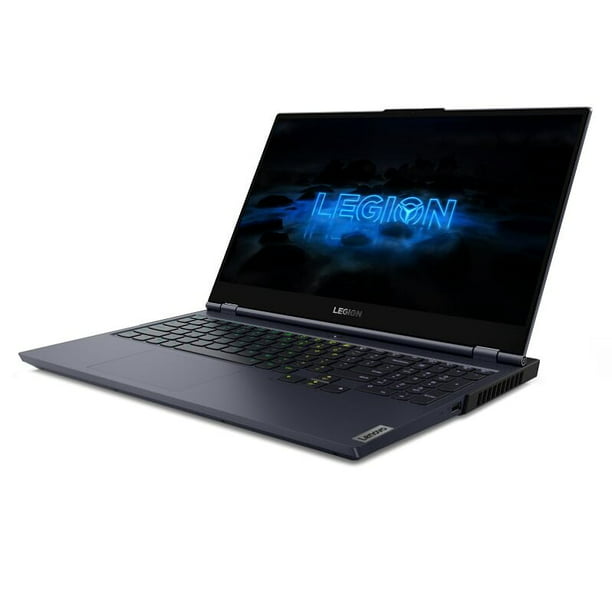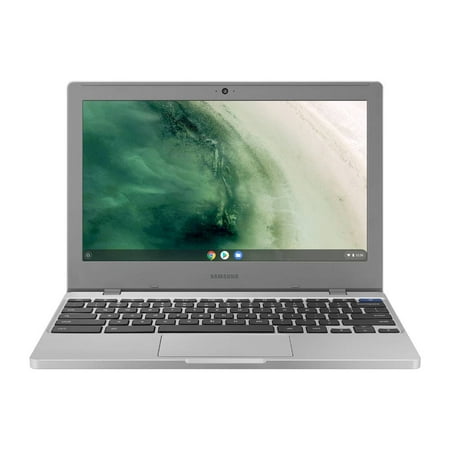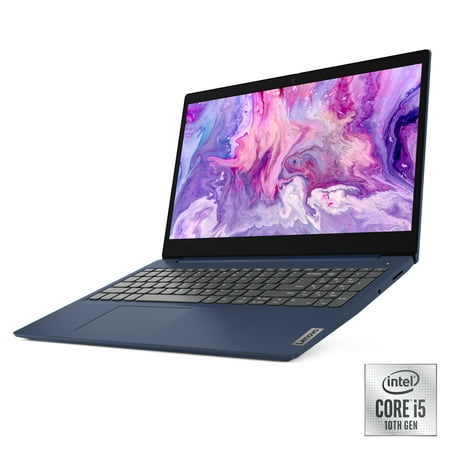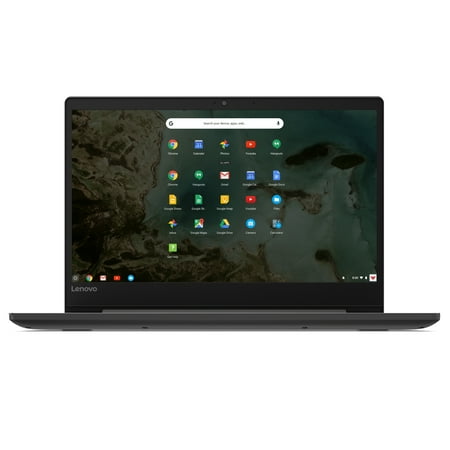Lenovo Legion 7 Laptop, 15″ FHD, Intel Core i7-10750H, 16GB RAM, 1TB SSD, NVIDIA GeForce RTX 2070 Super, Slate Grey, Windows 10, 81YT005TUS
Windows 10. 10th Generation Intel Core i7-10750H Hexa Core Processor. 15.6″ FHD 144Hz HDR IPS LED Backlit Anti-Glare Display with Dolby Vision. 16GB 2933MHz DDR4 RAM. 1TB 2280 NVMe M.2 Solid State Drive. NVIDIA GeForce RTX 2070 Super 8GB GDDR6 Graphics.
A precision-crafted chassis jacketed in high-grade aluminum, Lenovo Legion 7 has been meticulously machined to unload maximum damage. Don’t compromise on lightning-fast high-refresh panels, the tactile click-feel of Lenovo’s revolutionary TrueStrike keyboard, ultra-long battery life or the cool-to-the-touch sense of Legion Coldfront 2.0 with Vapor Chamber Technology and dual burn support, which pushes the CPU and GPU together for maximum performance. Beneath the refined surface hides a battle-ready beast, with up to 10th Generation Intel Core i7 H Series processors, NVIDIA GeForce RTX graphics, 2933 Mhz DDR4 memory and M.2 NVMe PCIe SSD storage.
Operating system: Windows 10
Processor: 10th Generation Intel Core i7-10750H Hexa Core Processor
Display: 15.6″ FHD 144Hz HDR IPS LED Backlit Anti-Glare Display with Dolby Vision
Memory:16GB 2933MHz DDR4 RAM
Internal storage: 1TB 2280 NVMe M.2 Solid State Drive
Graphics: NVIDIA GeForce RTX 2070 Super 8GB GDDR6 Graphics
Optical Drive: None
Audio: 2 x 2.0W Dolby Speakers with Dolby Atmos
Battery life:Up to 6 Hours
Wireless: 2 x 2 802.11AX Wi-Fi 6 with Bluetooth 5.0
Webcam: 720P with Privacy Shutter and Dual Array Microphones
Product weight: 4.62 lbs
Color: Slate Grey
Additional information
| Processor Type | Intel Core i7 |
|---|---|
| Hard Drive Capacity | 1000 GB |
| Wireless Technology | Bluetooth, Wi-Fi, 2 x 2 802.11AX |
| RAM Memory | 16 GB |
| Maximum RAM Supported | 32 GB |
| Operating System | Windows 10 |
| Battery Life | 6 h |
| Screen Size | 15.6 in |






by Stephen
I love this computer. It uses a thin, professional-looking chassis with RGB lights that are both EVERYWHERE and NOWHERE at the same time because the great thing about RGB is that it can be turned off when you don’t want it. This laptop is amazingly thin, portable, and powerful. It seems we can finally get the best of both worlds. My only complaints are that battery life is pretty terrible (I usually get about 3hrs if I disable everything in the background, undervolt the CPU, dim the screen, disable the CORSAIR service, and enable battery-saving mode), and you can’t turn off the crazy disco spiral RGB lights when booting up or shutting down the machine unless you manually tap FN + Down Arrow several times. Every. Single. Time. Lenovo, please, please implement “disabled boot RGB” as an option into the BIOS if you read this. Neither of these are big enough issues for me to bring this down to 4 stars, because this computer is virtually perfect in every other way!
by Andrew
I have to say, I was a bit skeptical after watching some review videos about the build quality of this laptop. Don’t listen to those videos. This laptop has great build quality and performance, and it looks professional!
by Birke
Up until receiving my Legion 7i, I had been using a Lenovo Ideapad Z570. It served me VERY well for years but it was starting to have some serious problems. After going from that to the Legion, I’m simply blown away and continue to be, one month later.
The Legion 7i is sleek, quiet, fast, powerful, and has a surprisingly good battery life. I’ve had literally nothing but great experiences since using it, and I’ve worked it HARD! While I have yet to game on it (busy month), it has been put to the test with nearly 100 hours of intense video editing and hosting large, media intensive Zoom events. Nothing I’ve done has begun to test its full power and I’m thrilled.
I couldn’t be happier with my purchase!
by Wesley
This laptop had everything that I was looking for. I am very pleased with the asthetic of the laptop, it has just enough class. It’s not overly bulky and I carry it with me everyday with no complaints. If I had to change anything it would be the default rainbow puke rgb on power up. Although there is a keyboard shortcut bto quickly change it if you are using the laptop on a more professional environment.
by Customer
I am very satisfied with my purchase. Runs smoothly and has served me great so far. Best gaming experience I’ve ever had.
by Chris
Premium product. This laptops is amazing. Very good performance and ventilation so it doesn’t get hot.
by Erica
Wish the rgb wasn’t on or at least was changeable from boot. It’s a gaming laptop that doesn’t look like a gaming laptop save for the rainbow puke as soon as you press the power button. Otherwise it’s a great laptop, it does everything great and stays reasonably cool.
by Brandino
Performance-wise this thing is a monster. It smoothly ran Shadow of the Tomb Raider at a steady 70fps, while chrome, a live wallpaper app, and my music production software was all open in the background. In my books, that’s super impressive… Especially for a laptop! IMO – Pros: -Full keyboard (numeric pad size is reduced, but easy to get used to) -High quality, low-profile keys (still has a nice *click* unlike garbage Apple keyboards) -Obviously performance as previously mentioned -Feels durable, but with the right weight -Seems to have great battery life (only 1mo in, so will have to wait to check longevity) -Looks professional, but badass at the same time. Cons: -RGB is on by default and there does not seem to be an option to have it disabled or changed to a preferred default upon startup. This is a feature they really need to fix, as it is rather annoying seeing a rainbow spiral every time you fire it up… (If you hold the function key and press spacebar, it will allow you to cycle through presets, but this is tedious as you have to do it every time, and it shouldn’t be too hard to add a feature to have a default upon startup. C’mon Lenovo* -Screen may have good specs, but Lenovo (along with other high-end laptop manufacturers) could take a page from Samsung when it comes to the quality of the screen hardware itself. I am not a fan of these modern “matte-looking” finishes or material they use for the screens. It causes excess glair and with even lighting it still seems like wherever you aren’t focusinig on the screen is “out of focus”, or “tunnel-visioned”, or blurry. It is very aesthetically displeasing. Screen quality is a 6/10. Final Thoughts: The 2 cons above are things that lenovo should definitely address if they wish to get their products to a 10/10 level. However, those two negatives were absolutely not enough to ditract me from absolutely loving this machine!!! I would highly recommend this product for work, music production, and gaming. Overall rating would be a 8.5/10, but for the price I got it for it deserves a solid 9/10 – final verdict.
by Anthony
Great, powerful machine. Beautiful design and high end specs. Only knock is the battery is definitely light, but not an issue as I’m plugged in most of the time.